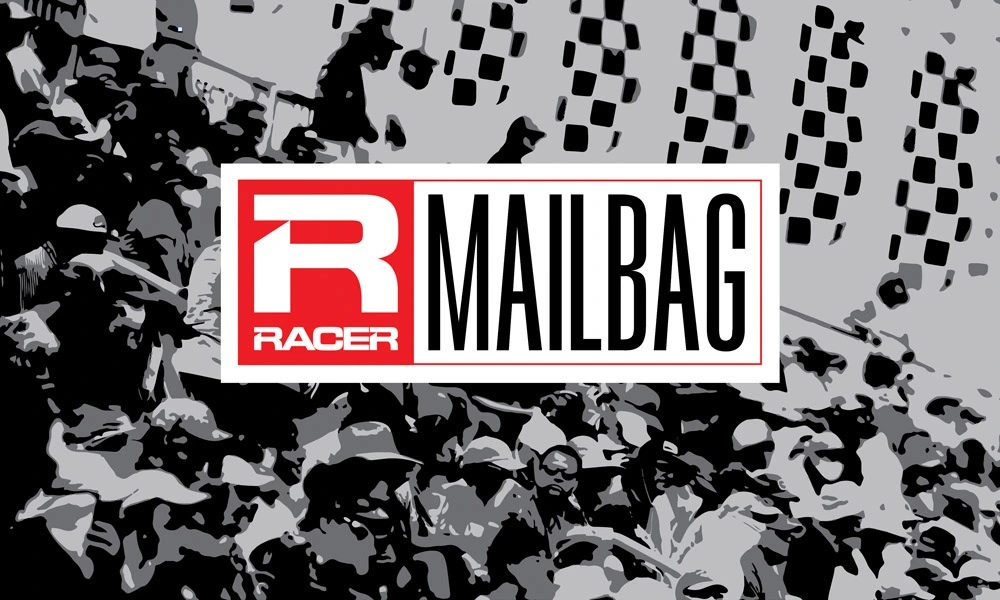Q: What in the wide world of bad decisions were F1’s stumbling, bumbling, fumbling group of race controllers thinking when red-flagging the Max Verstappen Annual Dutch GP parade? The desire for safety on the track comes first, obviously, but closing the pits while the potential exists to completely change the complexion of the race by trapping a car on pit lane could have massive implications. In this case, it likely cost Perez a podium finish and we should be thankful nothing more like a race win or drivers or manufacturers’ championship was put in jeopardy.
Why wasn’t a safety car period announced to slow the cars, protect the accident area from further slide-offs, allow the track workers to attend to car and driver at Turn 1, and then allow each driver once past the pit-in to change tires without the penalty of getting trapped in pit lane”
Having some insight into race control at a high level, there are constant conversations going on regarding the planned reactions in preparation for incidents, and I feel like I’d be surprised if those plans weren’t talked about prior to the final rain shower with the potential for a red flag while cars were pitting. Am I wrong?
Eric Lawrence
CHRIS MEDLAND: Afraid I’m going to say you’re wrong here, Eric! The restart order is taken from “the last point at which it was possible to determine the position of all cars,” so Perez being in the pit lane didn’t matter at all as it goes back to a point before then, and he needed to be in the pits because he’d crashed at Turn 1 himself at the start of that lap.
That also shows how treacherous it was — the rain was so severe you could not race in it, and Zhou Guanyu’s car was totally in the firing line after aquaplaning. The race was put under Virtual Safety Car at first to try and avoid a red flag, but then drivers lost temperature in their tires and couldn’t stay on the track in those conditions. Plus barrier repairs were needed.
There’s also no point running around behind the safety car in conditions like that and when the barrier needs repairing. Aside from the risk of a car sliding off track when they’re not racing, and potentially into the marshals clearing another car, the quicker you red flag it when it’s impossible and dangerous, the more of the race you save for a restart.
I don’t always say this, but I thought race control handled it perfectly all race. They didn’t delay the first race start and judged the rain wouldn’t be a dangerous level on slicks so left it to driver skill, even though the first lap was then wet, and after the red flag they waited long enough for the track to dry so that minimal laps were lost behind the safety car before restarting. If they went back out too early, the spray would have meant racing laps were lost.

Q: Back in the day, Formula Renault 3.5 was almost on par with Formula 2 in terms of driver quality. When DRS was added to formula cars in Europe, the series ran them with a time allotment similar to IndyCar’s push-to-pass. Drivers were able to defend or attack, but it was a time-limited amount for the entire race. I would love to see F1 try that as it becomes a much more tactical device compared to what we have now.
Ryan
CM: This is a topic that’s come up a few times now, and I totally agree — I think the freedom to use it as a defense tool at times could make a fight even more interesting, because it might even mean passing and re-passing like we sometimes get if detection zones are in the right place. The technology clearly exists to try that, so I don’t see a reason why it couldn’t be looked at.
As an aside, it’s a shame FR3.5 disappeared. It was sometimes a bit confusing about how good a driver was without seeing them in the same categories, but it did mean more opportunities just below F1. But at the same time the F2 conveyor belt of talent has been pretty strong if you look at the likes of Charles Leclerc, Lando Norris, George Russell and Alex Albon who came through it. I don’t feel like top talents are hurt by the new structure.
THE FINAL WORD
From Robin Miller’s Mailbag, August 27, 2014
Q: I like Will Power because he’s a hard charger and he reminds me of a young Paul Tracy. Same sort of aggressive brilliance combined with random instances of stupidity. He still has one more chance to display the latter, but I think we’ll see the former. Earlier this season I thought Tony Kanaan was a has-been, but in the last part he’s proving me wrong. Good for him. Will Helio go down in history as the greatest IndyCar driver never to win a championship? His podiums, poles and laps led are impressive, but never a title. Is it bad luck or bad management?
Doug Mayer
ROBIN MILLER: There are some similarities between WP and PT and they’re always worth the price of admission. TK has made a lot of folks eat their words the past couple months and it’s good to see him rally. As for Helio, he’s had more bad luck than anything else the past two years, but you ask an interesting question regarding the best never to be a champ. Parnelli Jones and Bill Vukovich immediately come to mind, along with Dan Gurney, Lloyd Ruby, Gary Bettenhausen, Bill Holland and Frank Lockhart. And Will Power. So either he or HCN are finally going to be No. 1. [As the history books show, Power removed himself from that particular list just three days after this Mailbag question originally appeared – Ed.]
